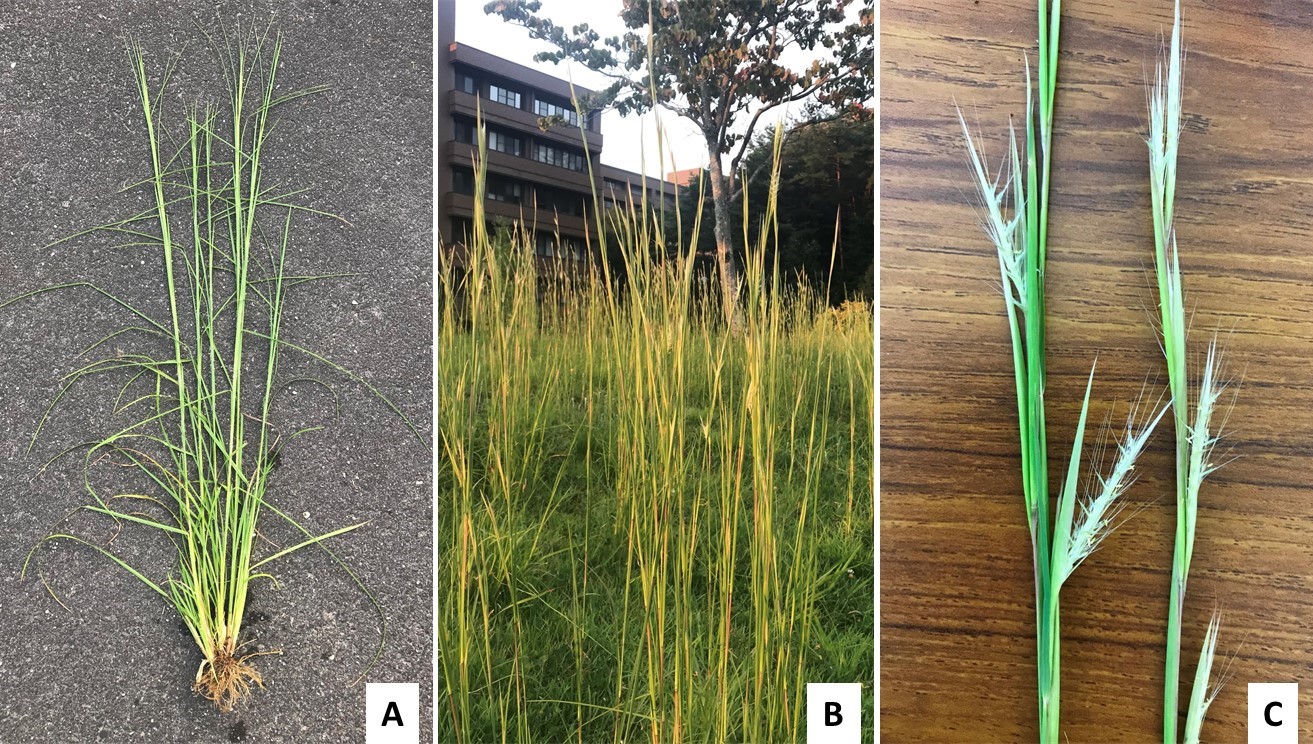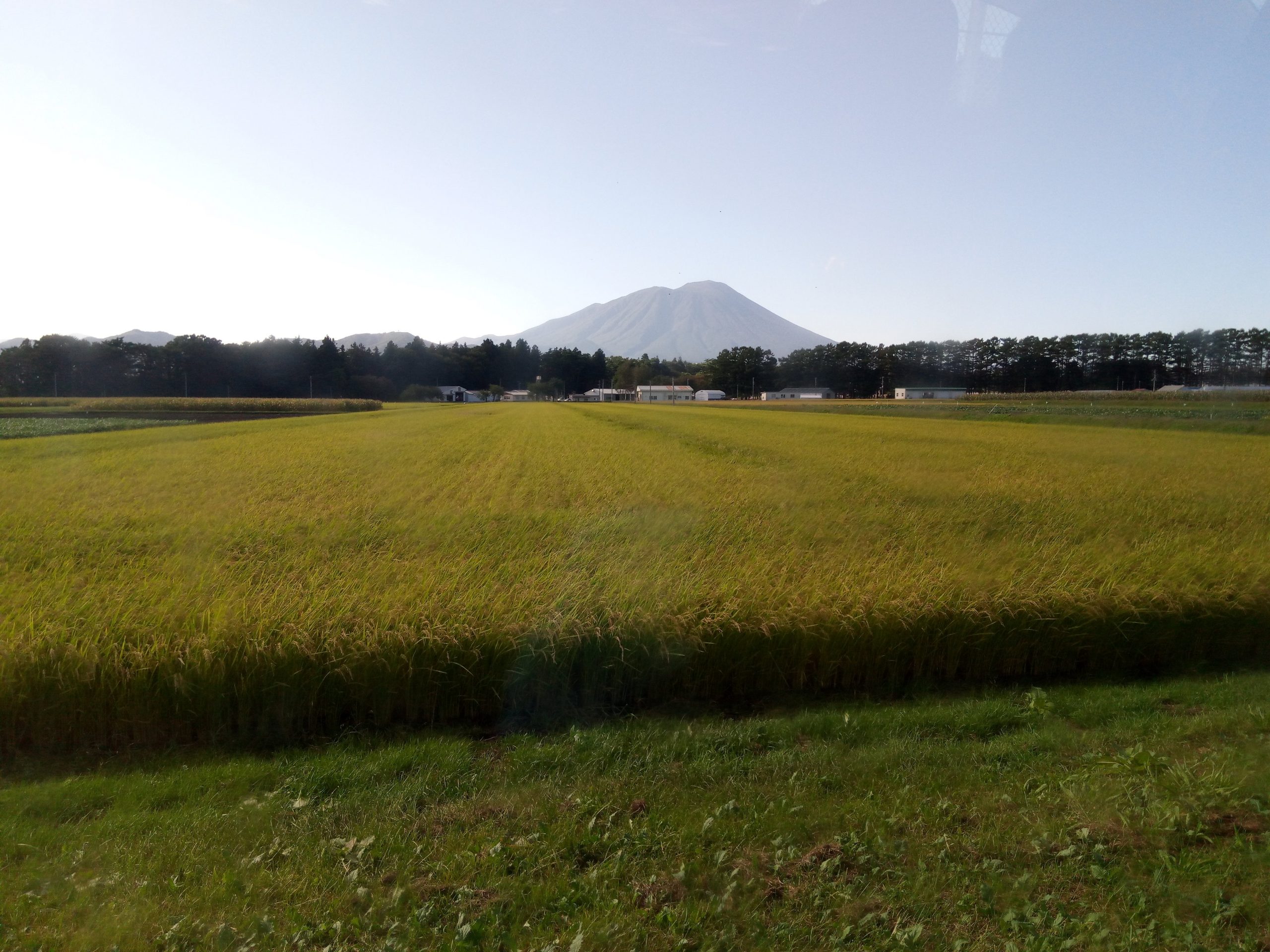The Education University of Hong Kong (EdUHK) held the inauguration ceremony on 27 August for the two University Research Facilities (URFs) – the University Research Facility of Data Science and Artificial Intelligence (UDSAI) and the University Research Facility of Human Behavioural Neuroscience (UHBN). The URFs are to promote interdisciplinary research, such as among the fields of artificial intelligence, biology and neuroscience, early childhood education, curriculum and instruction, learning sciences, and linguistics.
The UDSAI is equipped with advanced high-performance computing facilities and strives to leverage the power of computers and information technology to address a diverse range of research questions.
It is led by Professor Xu Guandong, Chair Professor of Artificial Intelligence. His research areas include data science, artificial intelligence, and social computing. Professor Xu’s pioneering research has won widespread recognition, and he has been consistently ranked in the top 2% of the world’s most-cited scientists compiled by Stanford University.
The UHBN has been set up to further explore learning and memory, movement and motivated behaviour, sensation and perception, and emotional well-being, as well as facilitate the sharing of state-of-the-art equipment. It has been established to provide multimodal technological platforms to facilitate a deeper understanding of the integration of biologically based data from visual, auditory, motor, and neural processes.
It is led by Professor Ken Yung Kin-lam, Chair Professor of Biology and Neuroscience leads the UHBN. He and his team have developed nanomaterial-based technologies for harvesting autologous neural stem cells and devices for cell differentiation, which have won over 50 international innovation awards.
The inauguration ceremony was presided over by EdUHK President Professor John Lee Chi-Kin, Vice President (Research and Development) Professor Chetwyn Chan Che-hin, the senior management of EdUHK and scholars from other universities in Beijing, Shenzhen and Hong Kong.
In his welcoming remarks, Professor Lee stated that over 70 principal investigators and students in UDSAI and UHBN have used the facilities for their research over the past few months. He expressed confidence that, with the two URFs, EdUHK can challenge itself to produce even higher-quality research outputs. “EdUHK is committed to expanding multidisciplinary research and teaching, as well as promoting interdisciplinary knowledge exchange. The University will continue to lead in the field of education and promote strategic development in related areas,” he said.
Professor Chan extended his gratitude to the two Directors of URFs and distinguished scholars for their leadership, contribution and dedication. While reaffirming the spirit of innovation and collaboration embodied in their work defines EdUHK, he believed that the new facilities, as a cross disciplinary research hub, would spark connections across multiple disciplines, facilitate ground-breaking and innovative research for the University, paving the way for a brighter and more technologically advanced future.




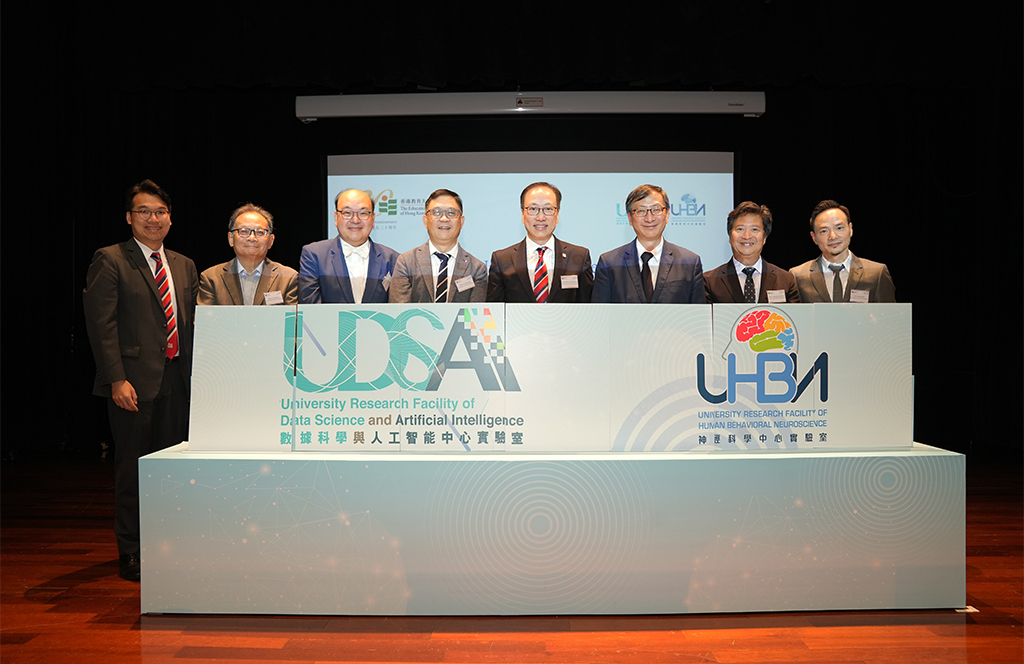

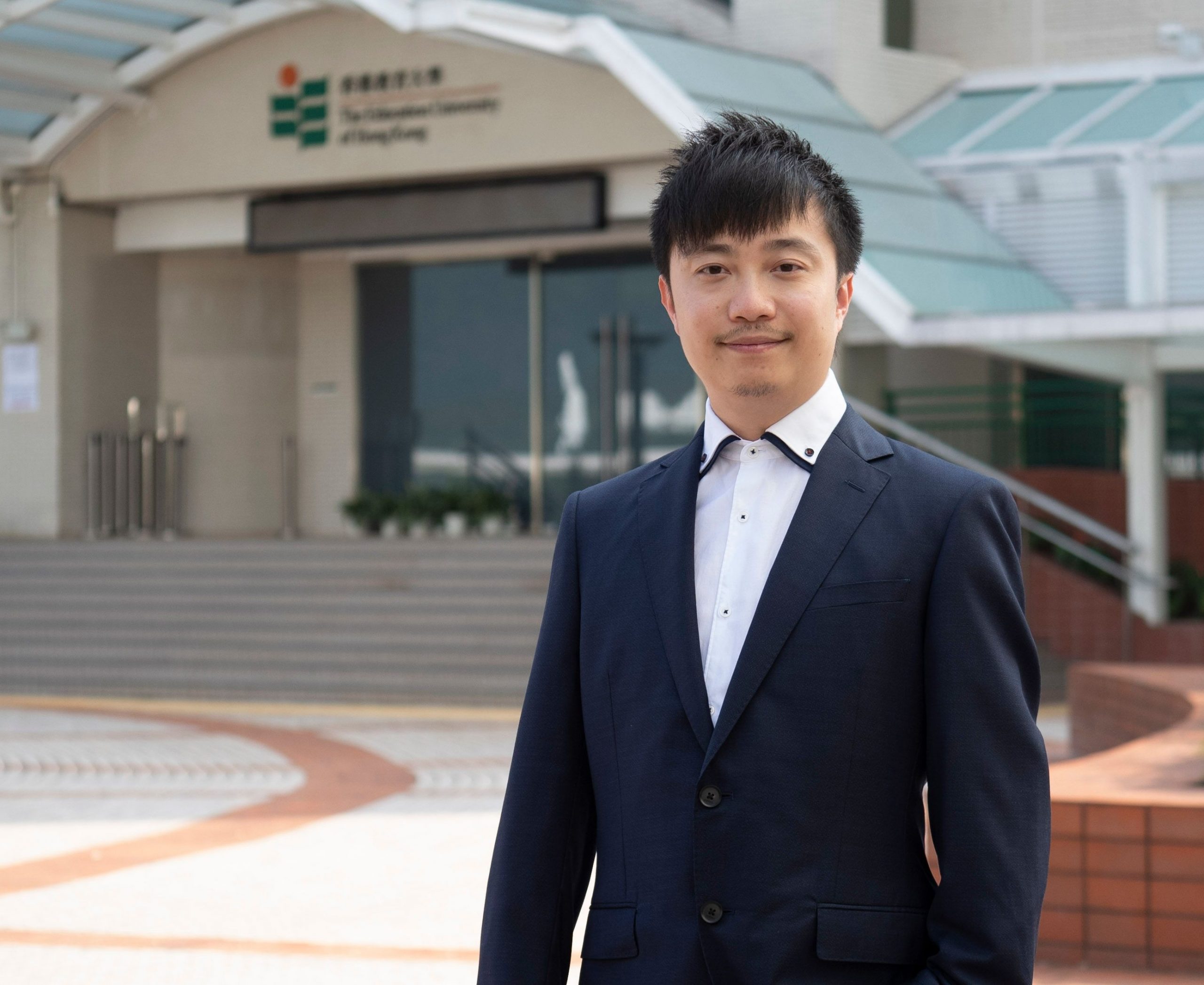
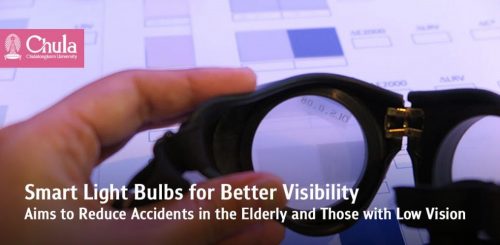
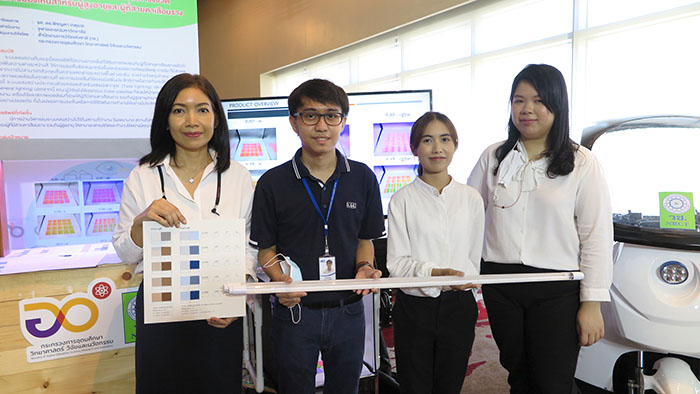

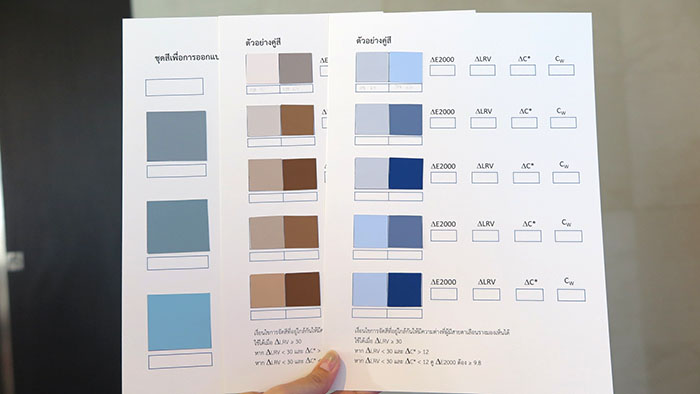
-scaled.jpg)

